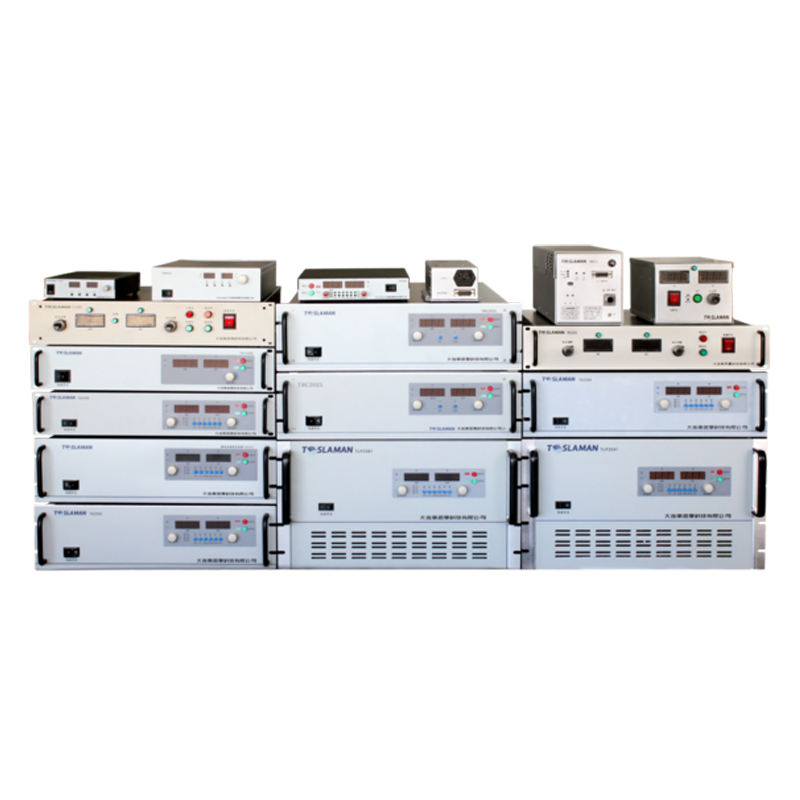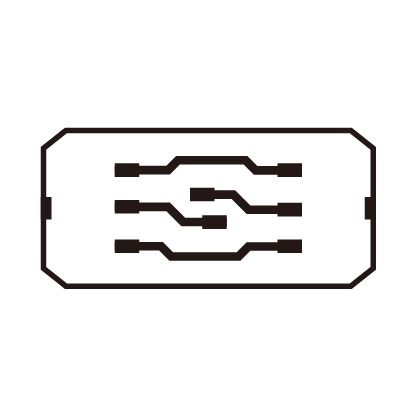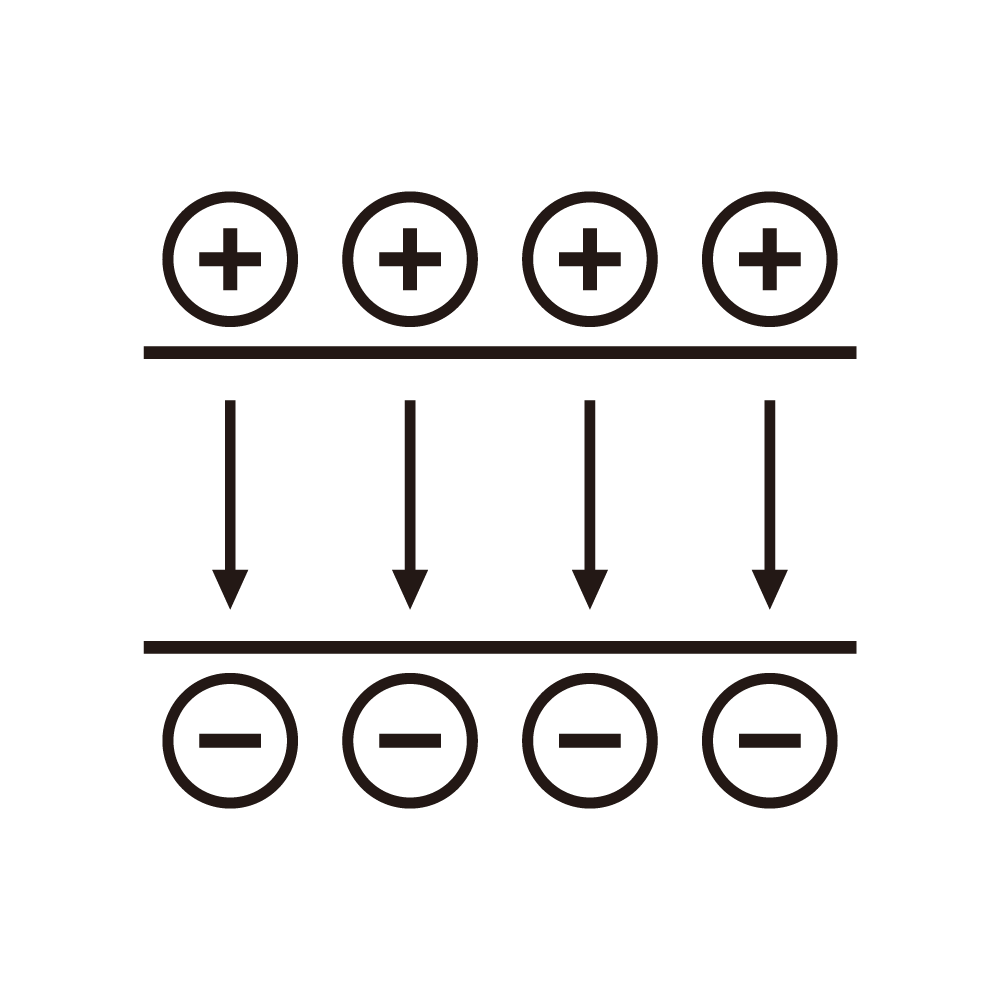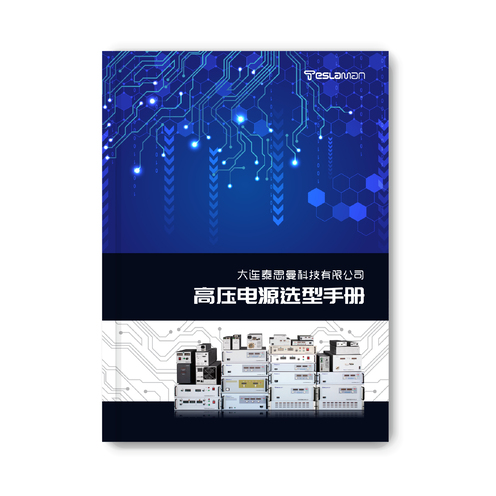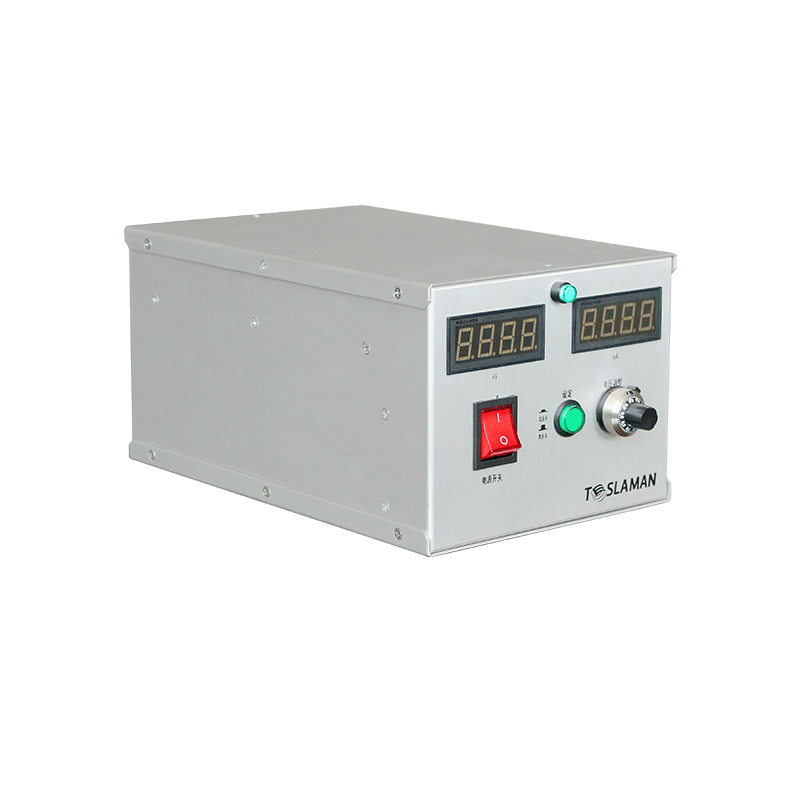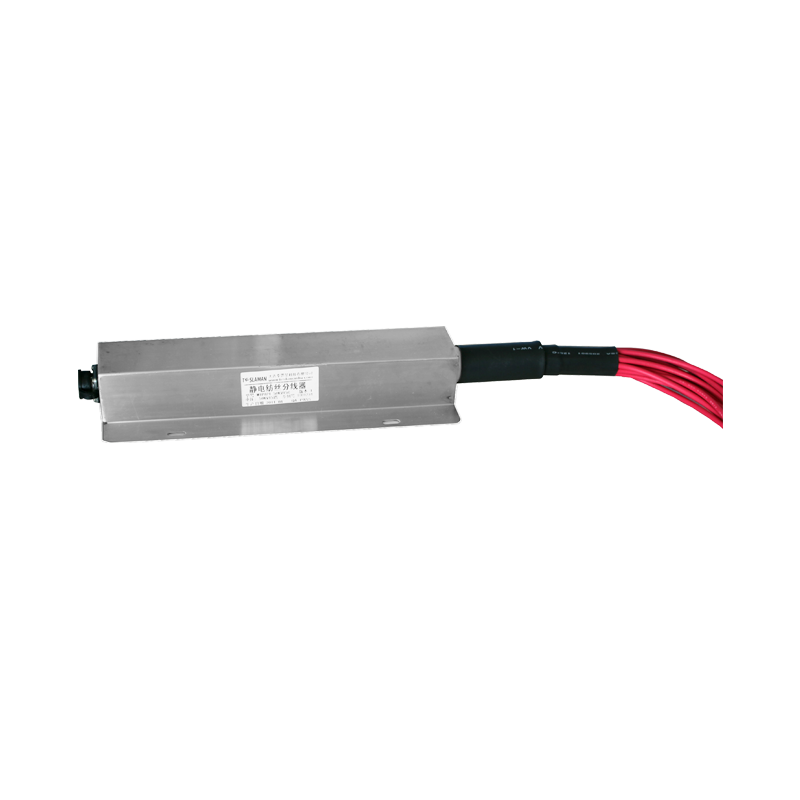Maintenance of High-Voltage Power Supplies for Mass Spectrometers and Its Importance
Introduction
Mass spectrometry is a high-precision analytical technique used to determine the composition and structure of substances, with wide applications in chemistry, biology, environmental monitoring, and medical diagnostics. In the operation of mass spectrometers, high-voltage power supplies play a crucial role by providing stable high-voltage outputs to key components such as ion sources and mass analyzers. However, due to their long-term operation under high load and high voltage conditions, the performance of these power supplies may gradually degrade or even fail. Therefore, scientific and systematic maintenance is essential to ensure the proper functioning of mass spectrometers and the accuracy of experimental results. This article explores strategies for maintaining high-voltage power supplies in mass spectrometers, covering their basic principles, common issues, and maintenance methods.
1. Basic Principles of High-Voltage Power Supplies for Mass Spectrometers
The core function of a mass spectrometer is to ionize molecules or atoms in a sample and separate and detect ions based on their mass-to-charge ratio (m/z). The high-voltage power supply performs the following critical tasks during this process:
1. Power Supply for Ion Sources
In ionization techniques such as electron ionization (EI), electrospray ionization (ESI), or matrix-assisted laser desorption/ionization (MALDI), the high-voltage power supply provides the necessary electric field to achieve efficient ionization of samples.
2. Power Supply for Mass Analyzers
Mass analyzers (such as quadrupoles, time-of-flight analyzers, or magnetic sector analyzers) require high voltages to generate precise electromagnetic fields for separating and focusing ions.
3. Power Supply for Detectors
Detectors typically rely on high-voltage signal amplification circuits to capture and record weak ion signals.
The design of high-voltage power supplies must meet requirements for high stability, low noise, and fast response, while incorporating comprehensive protection mechanisms to address overvoltage, overcurrent, and short-circuit conditions.
2. Common Issues with High-Voltage Power Supplies in Mass Spectrometers
Despite their generally reliable design, high-voltage power supplies may encounter the following issues during actual use:
1. Output Instability
Fluctuations in output voltage or current can reduce ionization efficiency, thereby affecting the resolution and sensitivity of the mass spectrometer.
2. Ripple and Noise Interference
Ripple and noise in the output signal can introduce additional background signals, reducing the signal-to-noise ratio of the mass spectrometer.
3. Component Aging
Long-term operation under high temperature and high voltage conditions can cause capacitors, resistors, and semiconductor devices within the power supply to age and fail.
4. Inadequate Heat Dissipation
High-voltage power supplies generate significant heat during operation. Poorly designed or improperly maintained cooling systems can lead to overheating, resulting in performance degradation or hardware damage.
5. External Interference
Electromagnetic interference from external sources may enter the system through power lines, affecting the normal operation of the high-voltage power supply.
3. Maintenance Methods for High-Voltage Power Supplies in Mass Spectrometers
To ensure the stability and reliability of high-voltage power supplies, regular maintenance is indispensable. Below are specific maintenance measures for high-voltage power supplies in mass spectrometers:
1. Routine Inspection and Cleaning
Regularly inspect the appearance of the high-voltage power supply for dust, dirt, or corrosion. Use anti-static brushes or compressed air to clean the surface and cooling channels to prevent dust accumulation, which could impede heat dissipation.
2. Cooling System Maintenance
High-voltage power supplies are typically equipped with air-cooling or liquid-cooling systems. For air-cooling systems, regularly clean or replace fan filters to ensure smooth airflow. For liquid-cooling systems, check the coolant level and quality, replenishing or replacing it as needed.
3. Electrical Connection Checks
Inspect all electrical connections of the high-voltage power supply, including input, output, and grounding terminals. Loose connections can lead to poor contact, causing voltage fluctuations or equipment damage.
4. Aging Component Testing
Use multimeters or oscilloscopes to measure the parameters of critical components (such as capacitors, resistors, and diodes) to determine if they exceed rated values. Replace aged components promptly to prevent further deterioration.
5. Ripple and Noise Testing
Periodically use oscilloscopes or spectrum analyzers to test the output signal of the high-voltage power supply and evaluate ripple and noise levels. If abnormalities are detected, improve the situation by adding filter circuits or optimizing PCB layout.
6. Calibration and Adjustment
The output parameters of high-voltage power supplies may drift over time. It is recommended to calibrate them every 6 to 12 months to ensure that output voltage and current meet design specifications. Calibration can be performed using high-precision instruments, adjusting reference values in the feedback loop or the duty cycle of PWM signals.
7. Protection Function Verification
Test whether overvoltage, overcurrent, and short-circuit protection functions are operating correctly. For example, simulate overload conditions to observe the response of the protection circuit.
8. Software Monitoring and Log Analysis
Modern mass spectrometers often include intelligent monitoring systems that collect operational data from high-voltage power supplies in real time. Analyzing this data helps identify potential issues and take preventive measures.
4. Considerations During Maintenance
1. Safe Operation
High-voltage power supplies involve thousands of volts or higher, posing an electric shock risk. Strict safety protocols must be followed during maintenance, including wearing insulated gloves and protective goggles, and ensuring the equipment is powered off before any operation.
2. Environmental Control
The operating environment of high-voltage power supplies should remain dry, clean, and free from strong electromagnetic interference. It is advisable to place the equipment in a temperatureand humidity-controlled laboratory, away from strong magnetic fields or high-frequency devices.
3. Spare Parts Inventory
Maintain a stock of spare parts for consumable components (such as capacitors, fuses, and fans) to enable quick replacement in case of failure, minimizing downtime.
4. Professional Training
Maintenance personnel should receive professional technical training to familiarize themselves with the working principles and maintenance procedures of high-voltage power supplies, improving efficiency and reducing the risk of operational errors.
5. Practical Significance of Maintaining High-Voltage Power Supplies for Mass Spectrometers
1. Ensuring Accuracy of Experimental Results
The stability of high-voltage power supplies directly affects the resolution and sensitivity of mass spectrometers. Regular maintenance minimizes experimental errors caused by power supply issues.
2. Extending Equipment Lifespan
Scientific maintenance measures effectively slow down component aging, reduce unnecessary wear, and extend the service life of high-voltage power supplies.
3. Reducing Maintenance Costs
Early detection and resolution of potential problems prevent major repairs or replacements caused by fault escalation, saving on maintenance expenses.
4. Improving Laboratory Efficiency
Reliable operation of high-voltage power supplies is fundamental to the efficient functioning of mass spectrometers. Proper maintenance reduces equipment downtime, enhancing overall laboratory efficiency.
6. Future Development Trends
As mass spectrometry technology continues to advance, the design and maintenance of high-voltage power supplies are also evolving. Future trends include:
1. Intelligent Maintenance
Smart maintenance systems based on IoT and AI technologies can monitor the status of high-voltage power supplies in real time and predict faults automatically, enabling proactive maintenance.
2. Modular Design
New high-voltage power supplies adopt modular architectures, allowing users to quickly replace faulty modules and shorten repair times.
3. Green and Eco-Friendly Concepts
Energy-efficient designs not only reduce power consumption but also lower carbon emissions, aligning with sustainable development goals.
Conclusion
The maintenance of high-voltage power supplies for mass spectrometers is a complex yet vital task that directly impacts the performance and reliability of experimental results. Through scientifically sound maintenance strategies, the stability and service life of high-voltage power supplies can be significantly improved, providing solid support for the efficient operation of mass spectrometers. In the future, with continuous technological innovation, the maintenance of high-voltage power supplies will become smarter, more convenient, and more environmentally friendly, offering stronger support for scientific research and industrial applications.
